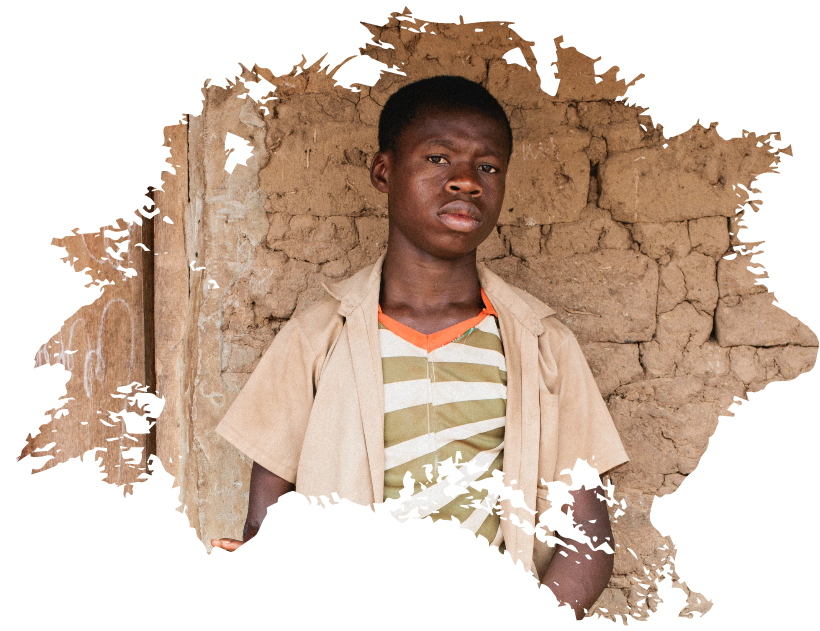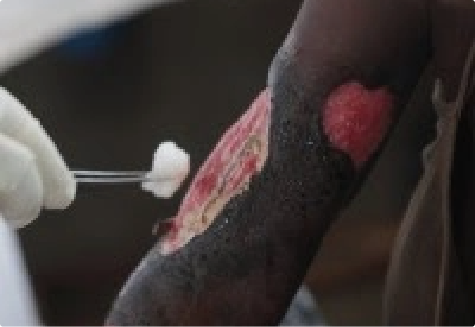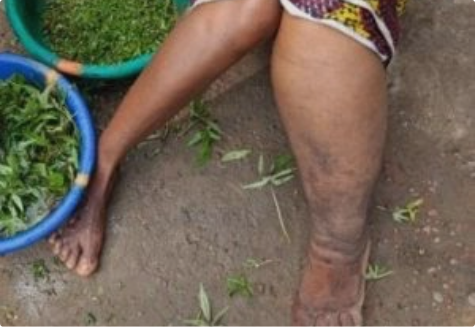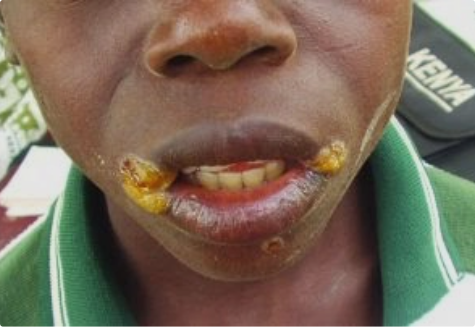Neglected Diseases
More than 40 million people suffer from lifelong disabilities caused by a group of neglected diseases that affect the poorest and most marginalized people in the world.

With your support, we are working around the world to find, diagnose and treat people suffering with these terrible diseases:
- Leprosy
- Buruli Ulcer
- Lymphatic Filariasis
- Yaws


Buruli Ulcer
- Caused by bacteria related to leprosy; these bacteria can eat flesh or even bone.
- May cause deformity, disability, permanent scarring and fatal infections. Severe cases require surgery and skin grafts.
- Thousands of cases in 30 countries, mainly in West Africa.
- Affected people are often ostracized; 50% are children under 15 years old.
- Curable with antibiotics.

Lymphatic Filariasis (Elephantiasis)
- Caused by parasites carried by mosquitoes.
- The parasites live in the human lymph system, damaging the body’s fluid balance and ability to fight infections.
- Fluid imbalance can lead to severe and irreversible lower limb swelling: lymphedema.
- 36-40 million people disabled worldwide.
- Curable with single doses of two medicines.

Yaws
- Caused by bacteria spread person to person.
- Causes skin ulcers.
- Majority of affected populations are in rural, tropical areas.
- 80,000 cases reported per year, primarily children under 15 years old.
- Curable with antibiotics.

